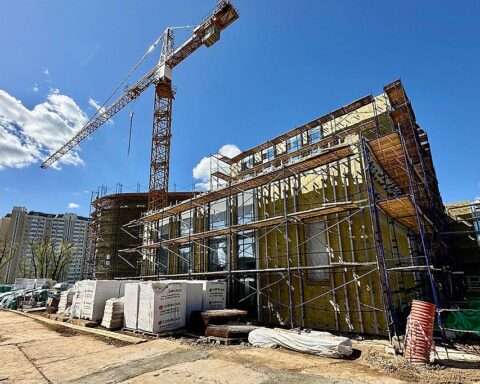The Department of Energy (DOE) announced Oct. 27 it will build two new supercomputers at Oak Ridge National Laboratory (ORNL) in Tennessee through partnerships valued at more than $1 billion. One system, the Lux AI cluster, introduces a procurement approach officials say will cut deployment time from multiple years to several months.
Lux represents the DOE’s first use of a co-investment model that allows the agency and private technology companies to share both funding and computing resources. Energy Secretary Chris Wright framed the arrangement as essential for maintaining American competitiveness in artificial intelligence (AI) development.
The second DOE supercomputer system, Discovery, will follow the agency’s standard competitive procurement process with Hewlett Packard Enterprise (HPE) serving as the prime contractor. While Lux intends to address immediate AI computing needs, Discovery targets long-term scientific research requiring extreme processing power.
Lux will deploy in early 2026 using AMD Instinct MI355X graphics processing units, EPYC central processing units and Pensando networking hardware. The system will support research in fusion energy, nuclear fission, materials science, quantum computing, advanced manufacturing and electric grid modernization.
Officials said the supercomputer will feature security protocols and open-source software designed to support broader use across American research institutions.
The new partnership structure allows private companies to invest directly in federal computing infrastructure in exchange for access to processing capacity. DOE officials said this approach eliminates lengthy procurement cycles that can delay major technology projects.
Discovery will arrive in 2028 and exceed the capabilities of Frontier, which is currently the world’s second-fastest supercomputer and is also housed at ORNL. Frontier became operational in 2022 under a $600 million contract and held the title of world’s fastest supercomputer until November 2024. HPE will build Discovery using its Cray Supercomputing GX5000 architecture combined with forthcoming AMD EPYC Venice processors and Instinct MI430X accelerators.
DOE officials said Discovery will merge high-performance computing with AI and quantum systems, a combination the agency has not yet achieved at this scale. The system will compress research timelines that typically span years into periods of weeks, particularly for developing AI models that address complex scientific challenges.
Both DOE supercomputer systems will support work in medical research, energy development, cybersecurity and manufacturing. The investments build on the DOE’s decades-long collaboration with private technology companies.
Photo by Brett Sayles from Pexels
For more of the latest federal government news as it happens, check out Government Market News’ Federal archives.













